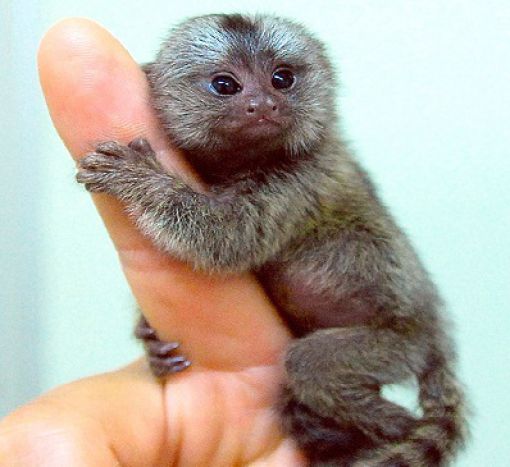
The fur colour is a mixture of brownish-gold, grey, and black on its back and head and yellow, orange, and tawny on its underparts. The average adult body weight is just over 100 g (3.5 oz) with the only sexual dimorphism of females being a little heavier. Pygmy marmosets are the world's smallest primates, being the smallest true monkey, with a head-body length ranging from 117 to 152 mm (4.6 to 6.0 in) and a tail of 172 to 229 mm (6.8 to 9.0 in). This involves large decreases in prenatal and postnatal growth rates, furthering the thought that progenesis played a role in the evolution of this animal. The evolution of this genus diverged in terms of body mass from typical primates, with a high rate of body-mass reduction.
Cebuella niveiventris – eastern pygmy marmosetįew morphological differences occur between these species, as they may only differ slightly in color, and they are only separated by geographical barriers, including large rivers in South America. Cebuella pygmaea – western pygmy marmoset. The two species described of the pygmy marmoset are: However, subsequent separation of the argentata and jacchus species groups into different genera (the argentata group having been moved to Mico) justifies maintaining a separate genus for the pygmy marmosets, as Callithrix is no longer paraphyletic. pygmaea to be monophyletic, and that the times of separation of pygmaea and the argentata and jacchus species groups from one another are less than 5 million years ago, as might be expected for species of the same genus. An examination of the interstitial retinol binding protein nuclear gene ( IRBP) in three marmoset species showed that Callithrix as constructed in the 1990s also needed to include C. Evolution and taxonomy ĭebate has arisen among primatologists concerning the proper genus in which to place the pygmy marmoset. Their biggest threats are habitat loss and the pet trade. The pygmy marmoset has been viewed as somewhat different from typical marmosets, most of which are classified in the genera Callithrix (where they were placed in a subgenus) and Mico, and thus is accorded its own genus, Cebuella, within the family Callitrichidae. The female gives birth to twins twice a year and the parental care is shared between the group. Chemical signaling using secretions from glands on the chest and genital area allow the female to indicate to the male when she is able to reproduce. These monkeys may also make visual displays when threatened or to show dominance. 
Three main calling signals depend on the distance the call needs to travel. Members of the group communicate using a complex system including vocal, chemical, and visual signals. Although most groups consist of family members, some may also include one or two additional adult members. The modal size of a standard stable troop would be six individuals. They are generally found in evergreen and river-edge forests and are gum-feeding specialists, or gummivores.Ībout 83% of the pygmy marmoset population lives in stable troops of two to nine individuals, including a dominant male, a breeding female, and up to four successive litters of offspring. These primates are notable for being the smallest monkeys in the world, at just over 100 g (3.5 oz).

They are native to rainforests of the western Amazon Basin in South America. Pygmy marmosets are two species of small New World monkeys in the genus Cebuella.






 0 kommentar(er)
0 kommentar(er)
